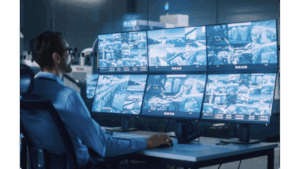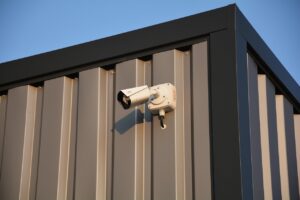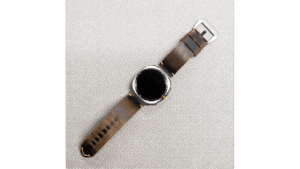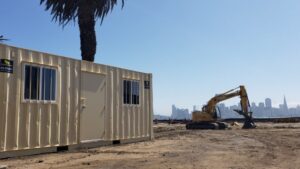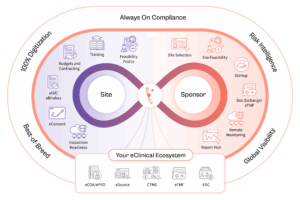
Construction site theft costs the industry between $300 million and $1 billion annually. Over 11,000 theft incidents happen each year, and here’s the crushing reality: only 21% of stolen equipment gets recovered, according to the National Insurance Crime Bureau. If you’re searching for surveillance solutions, you’ve likely already experienced theft, or your insurance company is demanding better security. Traditional CCTV systems that only record footage won’t solve your problem – you need systems that can actually stop theft while it’s happening.
Why Do Security Cameras Fail to Prevent Theft?
You install cameras thinking you’re protected, then wake up to find equipment gone and only useless footage to show for it. Thieves know that standard cameras are just expensive decorations. They work quickly, often in groups, and target sites during nights and weekends when no one’s around to respond.
The real cost goes beyond the $6,000 average loss per incident. It’s the project delays, the scramble to rent replacement equipment, the insurance claims, and the potential penalty clauses when you miss deadlines. Some contractors get hit repeatedly because word spreads that their sites are easy targets.
Which Video Surveillance Features Actually Stop Construction Site Theft?
You need active deterrence systems. Here’s what actually works:
Live monitoring with immediate response – Someone watching your site in real-time who can act the moment they see suspicious activity. Recording-only systems document crimes; live monitoring prevents them.
Audio deterrent systems – When thieves hear a human voice telling them they’re being watched and police are coming, most flee immediately. Live talk-down capabilities through speakers can stop theft attempts before they start. Real security operators speak directly to intruders through the system.
Professional verification – Trained operators who can tell the difference between a raccoon and a burglar. This eliminates false alarms that waste police resources and get your site flagged as a nuisance location.
Integration with existing equipment – You don’t need to rip out cameras that work. Many modern monitoring services can upgrade your current system without complete replacement.
Mobile alerts with video – Get notified instantly with live video so you can see what’s happening and decide whether to respond or let security handle it.
Weatherproof reliability – Construction sites are harsh environments. Your security system needs to work during storms, dust, extreme heat, and freezing temperatures.
Should You Monitor Yourself or Hire Professionals?
Self-monitoring works if you have staff available 24/7 to watch cameras and respond immediately. Most contractors don’t. You’ll get alerts on your phone, but by the time you see them and call police, thieves are gone.
Professional monitoring services have trained operators watching multiple sites simultaneously. They can spot trouble, verify threats, and coordinate with law enforcement immediately. The monthly cost often pays for itself by preventing just one theft incident.
Hybrid systems let you monitor during work hours while professionals cover nights and weekends. This balances cost with protection during your highest-risk periods.
How Do Live Monitoring Services Actually Work?
Look for monitoring services that offer live intervention capabilities. These providers use real-time monitoring combined with two-way audio systems. When operators spot intruders, they can speak directly through on-site speakers, often causing thieves to flee before taking anything.
These services typically work with your existing cameras, provide visual verification to ensure police respond quickly, and maintain video evidence for insurance claims. The key is finding providers who offer active deterrence and real-time intervention.
How to Choose the Right Video Surveillance System for Your Specific Construction Site
Start with an honest risk assessment. Here are the specific factors that determine what level of protection you need:
Equipment value and theft risk – Sites with equipment worth over $50,000 typically justify professional monitoring costs. If you’ve experienced theft before or operate in high-crime areas, professional monitoring becomes essential regardless of equipment value. Calculate this: if your equipment is worth $100,000 and monitoring costs $300 monthly, preventing just one theft pays for over two years of service.
Site isolation and accessibility – Sites more than 10 minutes from police response or located in industrial areas with limited foot traffic need professional monitoring. Isolated sites give thieves more time to work, making real-time intervention critical. Urban sites with good lighting and regular traffic can sometimes manage with self-monitoring plus motion-activated lights.
Vulnerability windows – Identify your highest-risk periods. Most theft happens between 10 PM and 6 AM, and on weekends. If your sites are active during normal business hours but empty nights and weekends, hybrid monitoring saves money while covering peak risk times. Sites that shut down for weeks at a time need comprehensive 24/7 coverage.
Physical layout and access points – Count every way someone can enter your site. Each access point needs camera coverage. Sites with multiple entrances, blind spots behind buildings, or adjacent vacant lots require more cameras and professional monitoring to track multiple potential threats simultaneously.
Current infrastructure assessment – Inventory your existing cameras, lighting, and power sources. Modern IP cameras can often integrate with new monitoring services, but analog CCTV systems may need upgrading. Factor in installation costs for additional cameras at uncovered access points. Most sites need at least one camera per 100-foot perimeter section for adequate coverage.
Local response factors – Check average police response times in your area. If police typically take over 15 minutes to respond to alarms, you need monitoring services that can intervene immediately through audio deterrents. Areas with frequent false alarms may have lower police priority, making visual verification services more important.
Staffing availability – Self-monitoring only works if someone can respond immediately to alerts. This means checking phones constantly and being available to call police or respond on-site within minutes. If your team already works long hours or you manage multiple projects, professional monitoring removes this burden.
Integration requirements – Ensure any system can connect with your existing security measures like gate controls, lighting systems, or alarm panels. Some monitoring services can trigger additional deterrents like floodlights or sirens when they detect threats.
What Does Effective Video Surveillance for Construction Sites Really Cost?
Professional monitoring typically costs $200-500 monthly per site. Compare this to your theft risk: if you have a 10% chance of $20,000 theft annually, you’re looking at $2,000 expected loss versus $3,600 monitoring cost. But factor in project delays, insurance deductibles, and repeat targeting. Most contractors find monitoring pays for itself after preventing their first major theft.
Get quotes from multiple monitoring services and ask specifically about their response procedures when they detect threats. The cheapest option rarely provides adequate protection.
Don’t wait for another theft to take action. Research monitoring services that offer live intervention capabilities and can work with your current setup.
VideoGuard
info@VideoGuard.com
+1 888 231 7920
1540 Lodestar Road #10
North York
Toronto
Ontario
M3J 2X2
Canada



